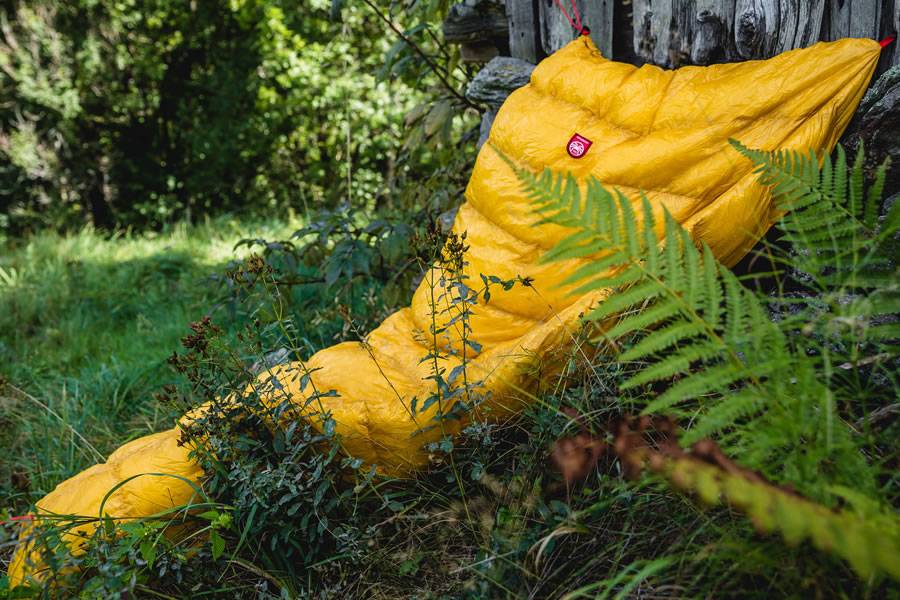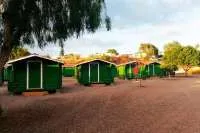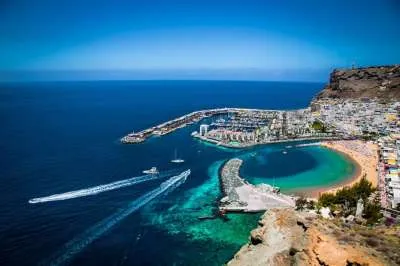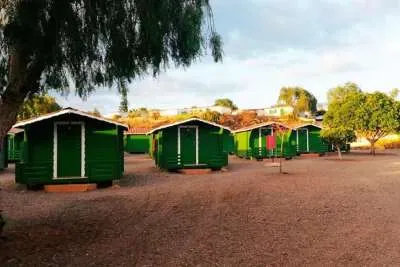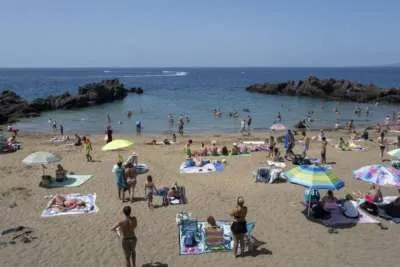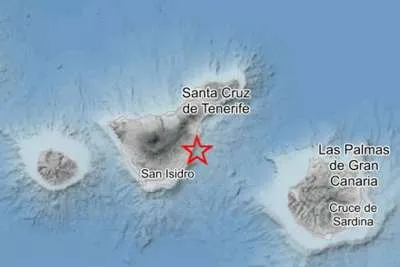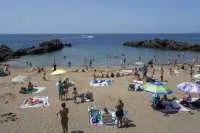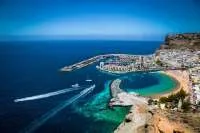Camping on the islands? Here’s why a good sleeping bag still matters
- 15-06-2025
- Travel
- collaborative post
- Photo Credit: Supplied
Camping in the Canary Islands requires thoughtful preparation, because even a milder climate can surprise you with unexpected weather changes. Additionally, there’s high humidity, strong winds from the ocean, and often limited possibilities for quick evacuation in case of sudden worsening conditions.
For this reason, choosing the right equipment is fundamental for comfortable overnight stays in nature.
Why a sleeping bag still matters in island conditions?
On the islands, it can be as warm as 25 degrees Celsius and sunny during the day, but with sunset, the temperature often drops below what you might expect in typical holiday destinations. Moreover, the humid air around the ocean penetrates clothing, and stronger winds can intensify the feeling of cold.
When going camping on the islands, it’s good to take care of equipment that will work in changing weather conditions. Island camping tips often include dealing with strong breezes or fog. In such situations, a properly fitted sleeping bag will become your ally, guaranteeing a peaceful sleep and protecting against bothersome moisture.
Key features to look for in a sleeping bag
When completing your equipment, you should think about minimalism and focus on camping gear essentials in a compact form. For this reason, the weight of the sleeping bag and its volume when packed become very important. Down models, especially those with high fill power, provide warmth with low weight. However, it’s worth checking if the manufacturer offers down impregnation, which makes the material absorb less moisture.
The second important issue is the temperature range in which a given model maintains thermal comfort. Construction details are important, such as a windproof baffle along the zip or a well-designed hood that protects the head during colder nights.
No less important is the durability of the fabrics. A sleeping bag used outdoors must withstand contact with sand, stones, and even damp ground.
Recommended PAJAK models for island camping
When completing your equipment, it's worth checking the offer of manufacturers who focus on quality and develop innovative solutions in the field of insulation. On the PAJAK website, you will find models that meet the needs of camping in warm regions. Here are three suggestions worth considering:
• CORE 250 – a lightweight sleeping bag that will appeal to anyone who values low weight and small packed volume. It is a typical example of equipment designed for warm nights, but with some thermal reserve.
• QUEST BLANKET – this solution allows you to feel almost like under a home duvet, because it can be unfolded like a blanket or zipped up into the form of a classic sleeping bag. Such versatility is useful in the island climate, where during the day you want to use it for relaxing on the beach, and at night you will appreciate the tight closure that envelops the entire body, ensuring outdoor sleeping comfort.
• RADICAL 1Z – if you want to maximise the reduction of weight and volume, then RADICAL 1Z is a bullseye. The lightweight construction and down impregnation protecting against moisture allow you to use the sleeping bag even in unfavourable weather.
Each of these models combines proven materials with practical solutions, which translates into a comfortable overnight stay in island conditions. The choice depends on your priorities – whether you focus on ultra lightness, an extra reserve of warmth, or versatility that allows you to quickly adapt the sleeping bag to changing weather.
Extra tips for sleeping outdoors on islands
A sleeping bag is the foundation, but for comfortable sleep, it’s worth taking an appropriate insulating mat with you. Without it, even the best filling won't help much if the ground is cold or damp.
In island regions, it is useful to regularly air and dry the sleeping bag during the day. Excessive moisture can reduce the effectiveness of the down and even cause an unpleasant odour. Even half an hour in full sun or in a drafty place is enough for the material to air out.
What's more, it's worth protecting the sleeping bag from direct contact with salt water. If you are planning a boat trip or overnight stays near splashing waves, it is worth packing the sleeping bag in an additional waterproof bag.
Finally, it is worth mentioning the planning of the campsite itself. Instead of setting up in typically windy places, you can choose a more sheltered corner away from open spaces. Regular weather forecast checks will also be useful, as the weather in the island climate can change within a few hours.
Other articles that may interest you...
Trending
Most Read Articles
Featured Videos
A Vision of Elvis Tenerife Promo
- 10-05-2025
Tenerife Travel Guide
- 13-12-2024
Live webcam from Lanzarote airport
- 13-12-2024


